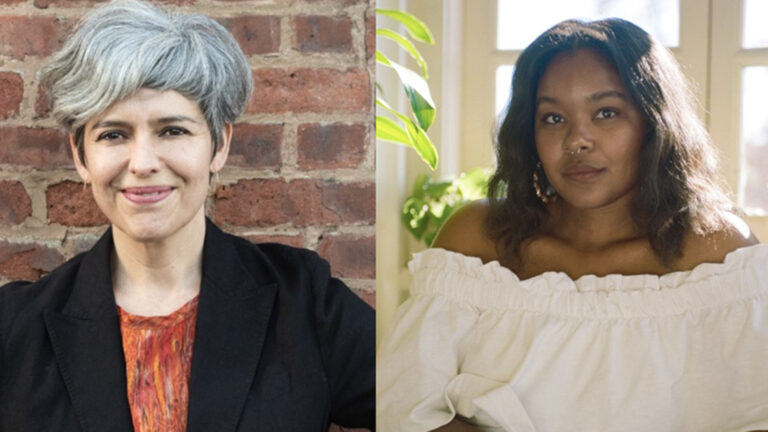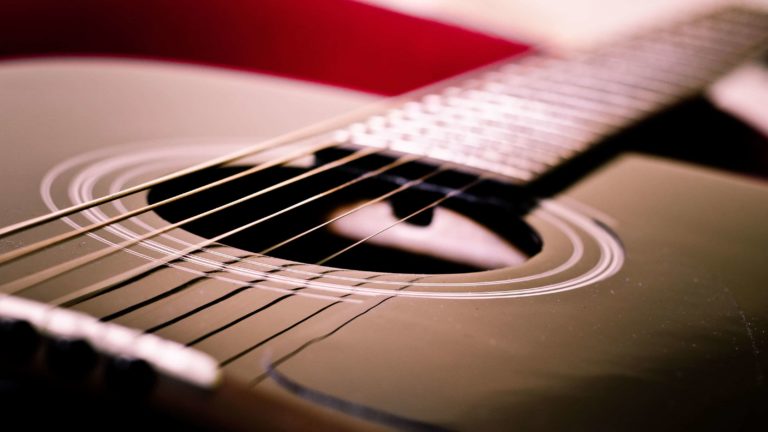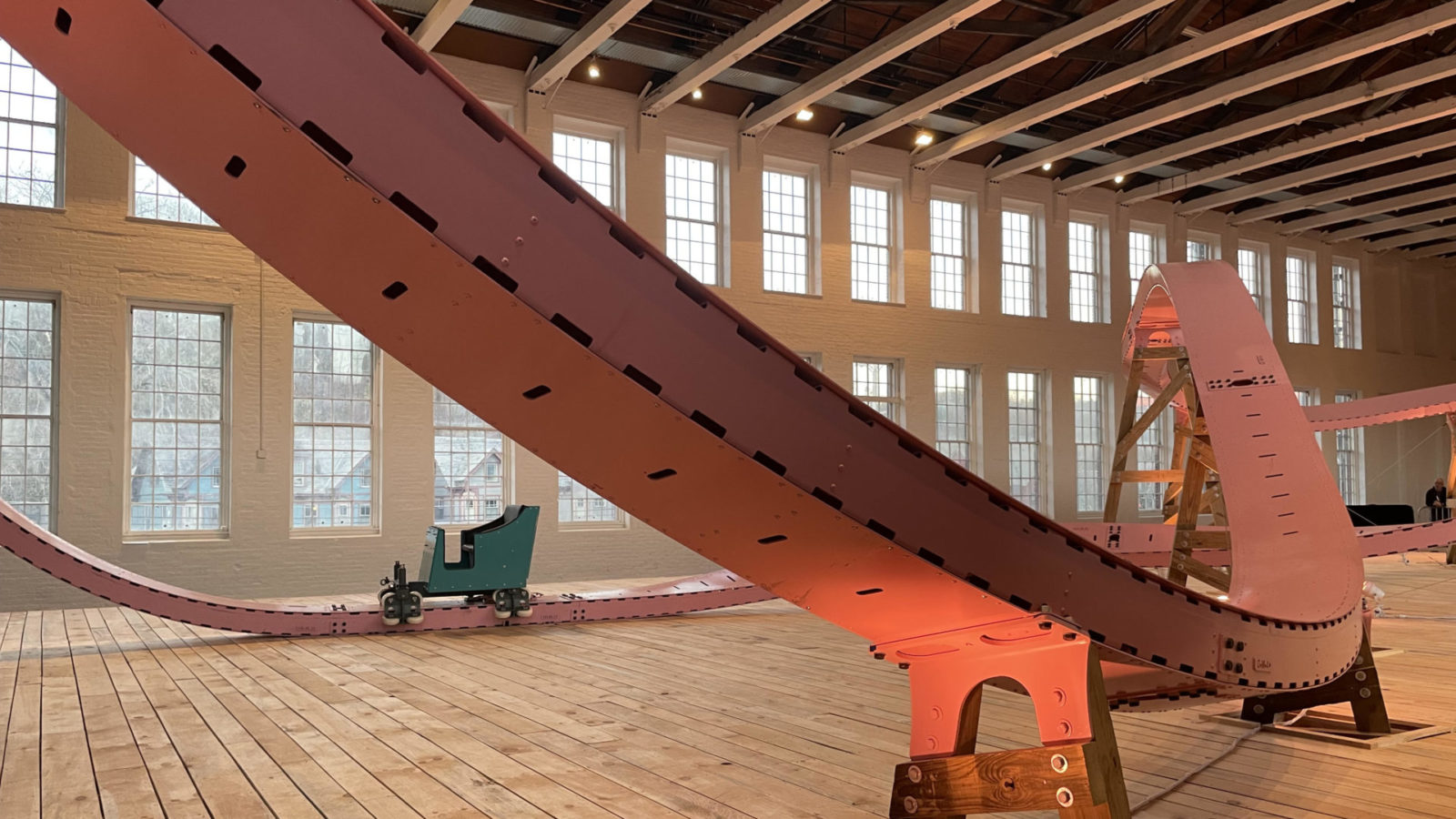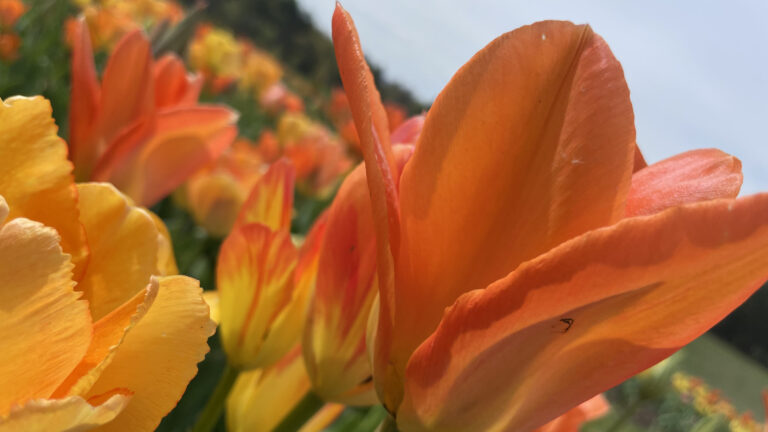The sun is setting early outside the long mill windows, and the ridges are shading into rose — they’re the same color as the roller coaster tracks. I’ve been walking through the long open room, so I’m standing in the smaller gallery in back when the cart drops down the first length of track in front of us and slews past in a long arc. The rider holds their arms overhead, shouting.
Los Angeles artist E.J. Hill has created a rideable sculpture at Mass MoCA in his newly opened show, Brake Run Helix — and this afternoon curator Allie Forderas and I have been talking about joy and fear, visibility and invisibility. We’ve been talking about what it means to shut someone out or welcome someone in, and what it means to take care and responsibility.
I didn’t know today would hold all this, when I woke up this morning. Or that I would walk around the corner to see and hear hundreds of crows flying over Main Street — the sky was translucent slate blue and gold, and the MCLA Art Lab window was full of clouds. They’re part of visiting artist Lorenzo Baker’s new exhibit inspired by a group of free Black poets in New Orleans and their collection, Les Cenelles — Hawthorne Berries.
My French is just about handy enough to give me a sense of the love and loneliness in their words and images, tangible and intangible.
‘When night moves
on the earth like mist
and all settles under the skies
in quiet dreaming,
the image of my love
seems present in my eyes …’
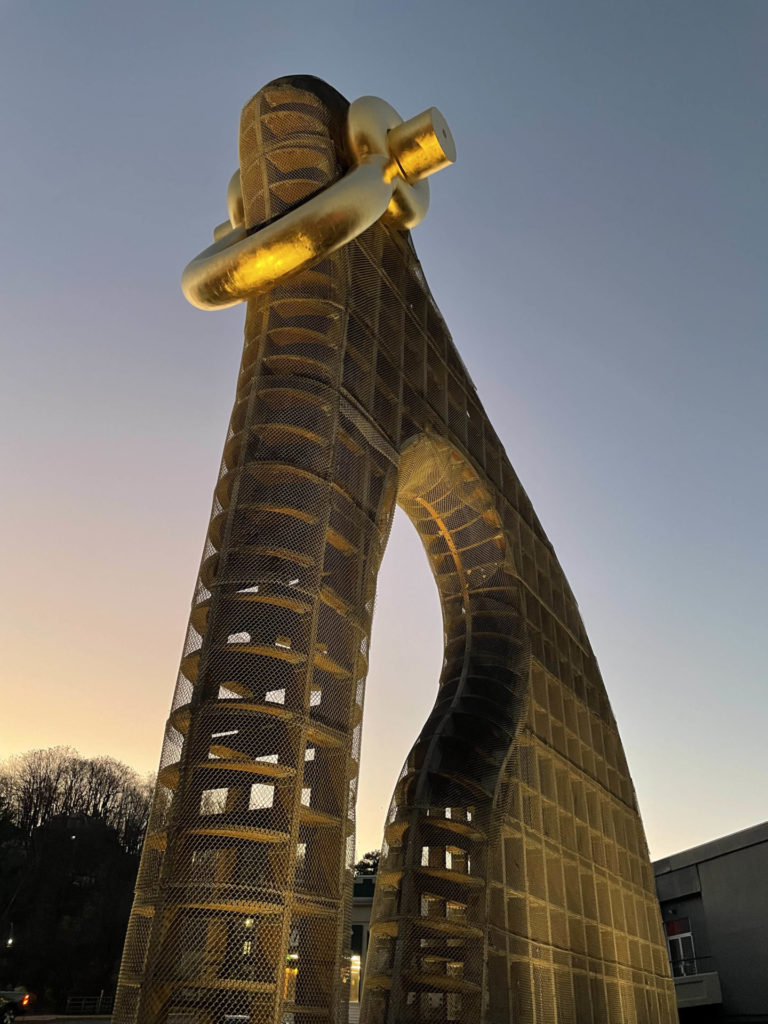
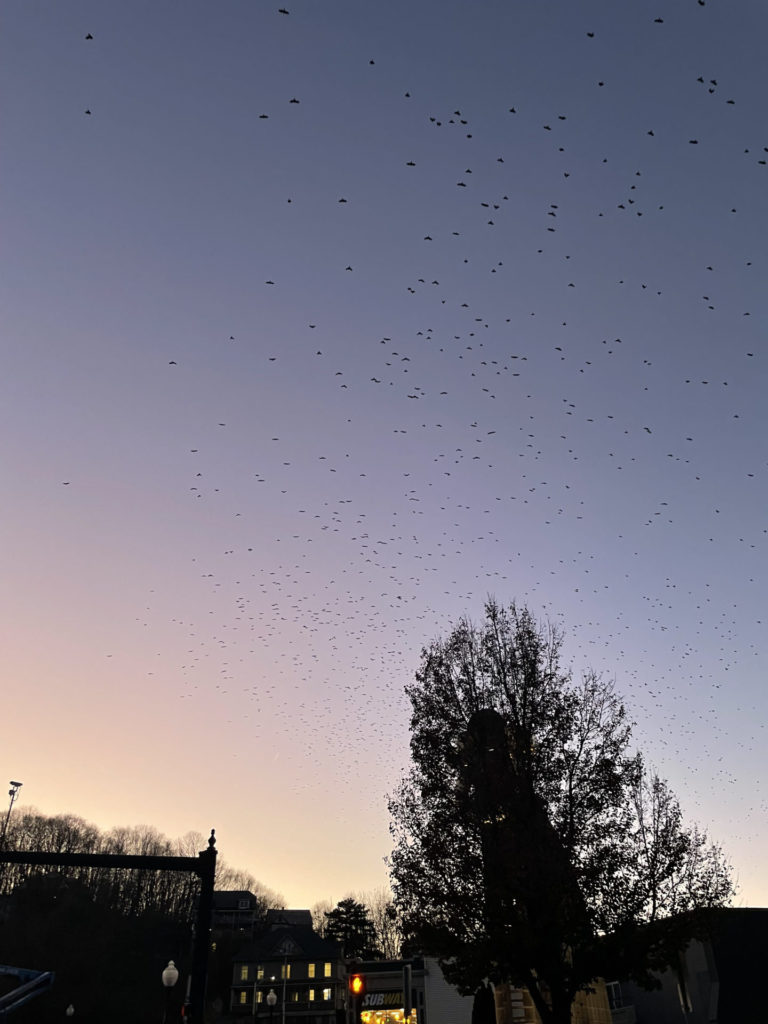
I didn’t know today would hold this either — that I’d be standing in a quiet street at twilight and wondering about a book written in 1845, and about the writers who created the first Black poetry anthology published in the U.S. In a week like this one I’m thankful for their voices, for honest talk and the joyful stretch of mind in finding something deep and new.
What did they talk about, this group of poets (are they all men?) gathering for coffee in the Louisiana dusk. A playwright well-known in Paris, a journalist, the founder of a school for orphaned children — how did they think over their work together, their families, the people they loved … and the forces that tried to silence them?
What would they have said if they could have written unrestrained? They were writing a generation before the Civil War, at a time and place when slavery was legal in more than half of the country, and in that time (according to the introduction to the book), it was illegal in Louisiana to publish anything ‘that could sow discontent and rebelliousness among the state’s free people of color or enslaved population, under penalty of life imprisonment or death.’
I’m holding that in mind as another conversation today points me to Audre Lourde’s essay, Poetry Is Not a Luxury, as she wrote 140 years after these poets came together, resonating in the same harmonic —
‘As we learn to bear the intimacy of scrutiny, and to flourish within it, as we learn to use the products of that scrutiny for power within our living, those fears which rule our lives and form our silences begin to lose their control over us.’
The love song by P. Dalcour, the one I am translating a few words at a time, reminds me of earlier artists in this small city who have come here from many parts of the world. His verses invoke Titus Kaphar’s Seeing Through Time series of paintings in Suffering from Realness (a few feet away from E.J. Hill’s show, a few years ago, before the pandemic) — and I remember a woman looking out from a portrait with pain and determination, and light on her skin, from a Caribbean background of ocean and enslavement and courage.
Dalcour, the Creole poet in New Orleans, returns in his poem from the dream to the sound of his own voice. He wakes in an empty room. But when he reaches for the love in his dreams, I feel that moment building around me, as though I can see the strong, sad, passionate woman he is calling out to silently.
‘I see her sylph’s body
her clear brow and candid grace
the warm wet coral of her mouth
and her dark eyes lingering,
and I feel the live spark,
sudden and free as she looks,
coming to hold my heart …’
North Adams after dark
The state’s smallest city is gaining energy in the evenings, with art downtown and First Friday celebrations early in the month, gatherings at the Bear and Bee Bookshop (open until 7 or 8 most days) and more.
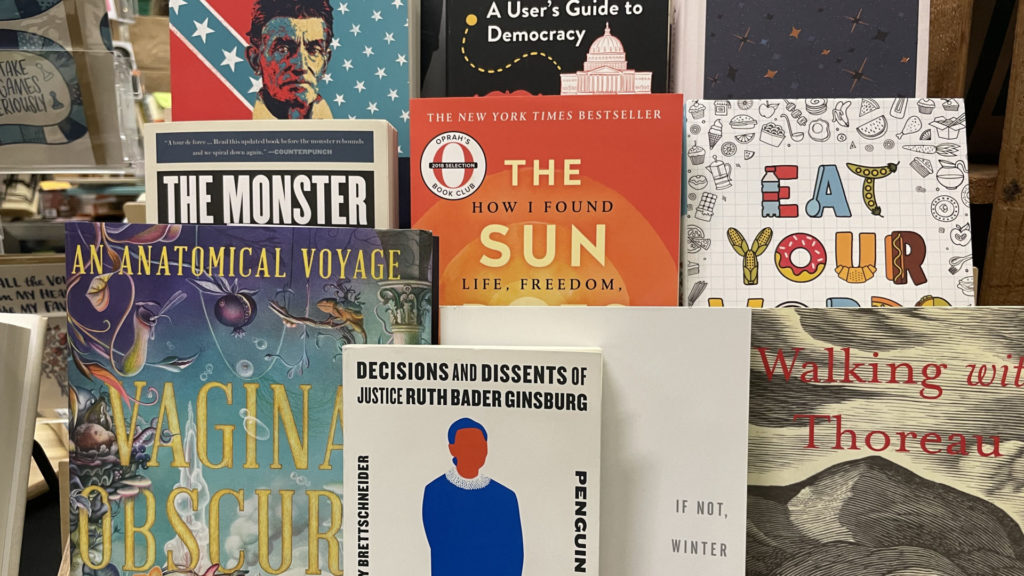
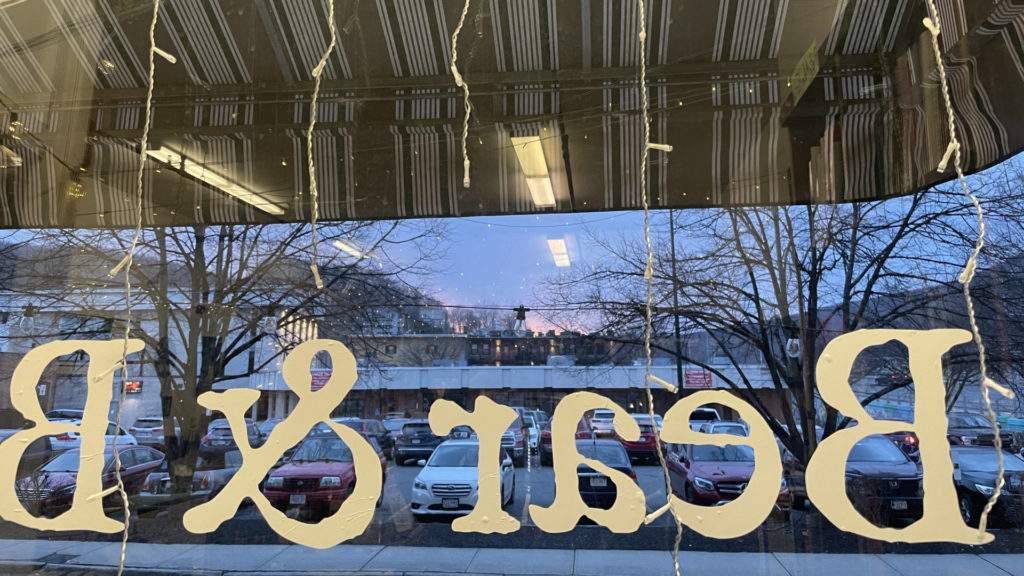
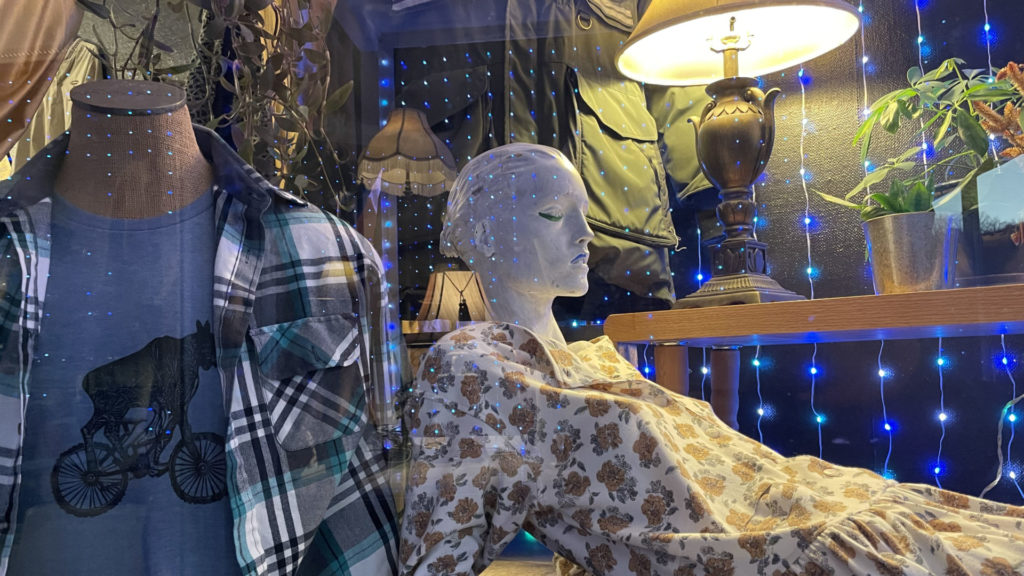
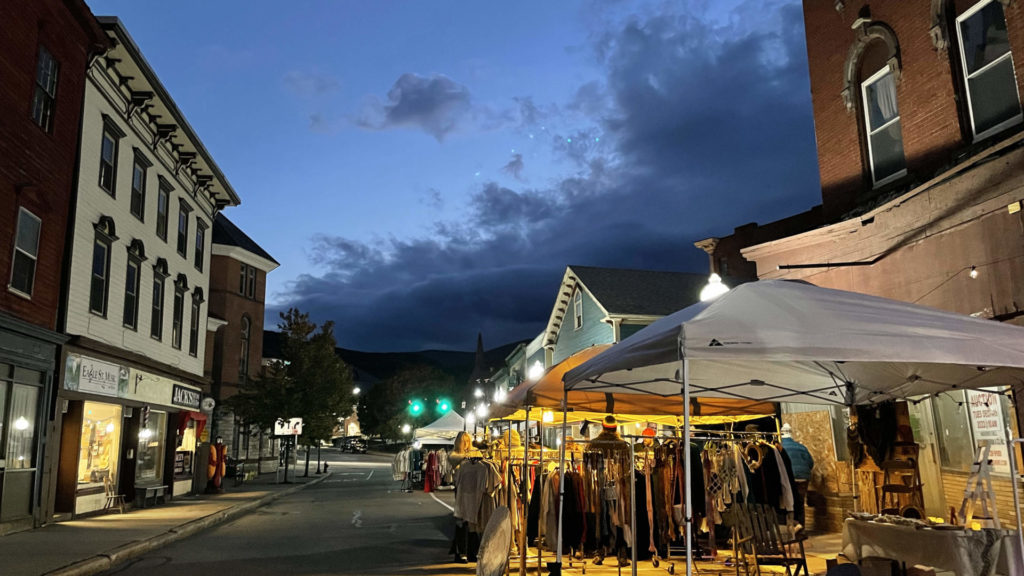
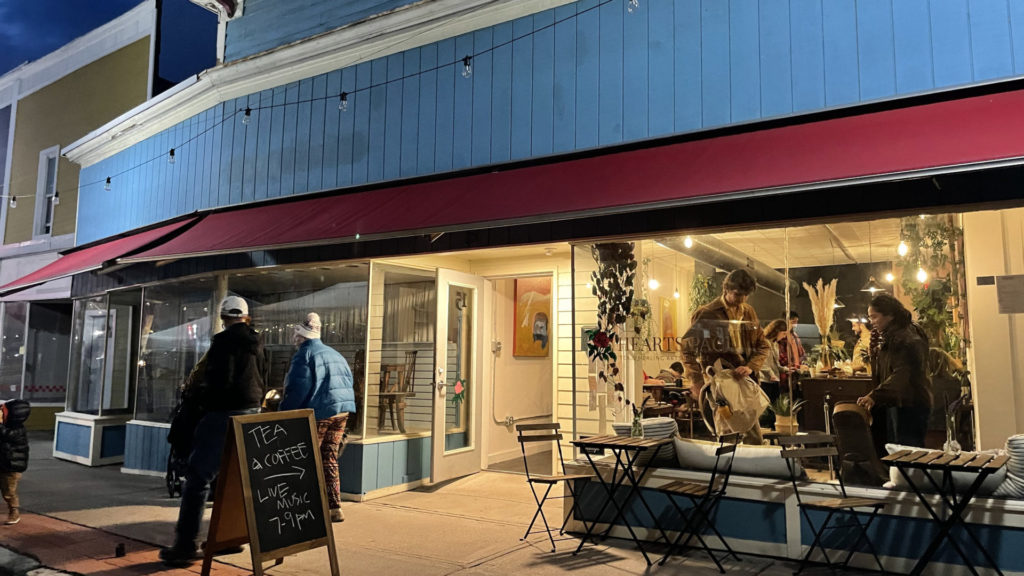
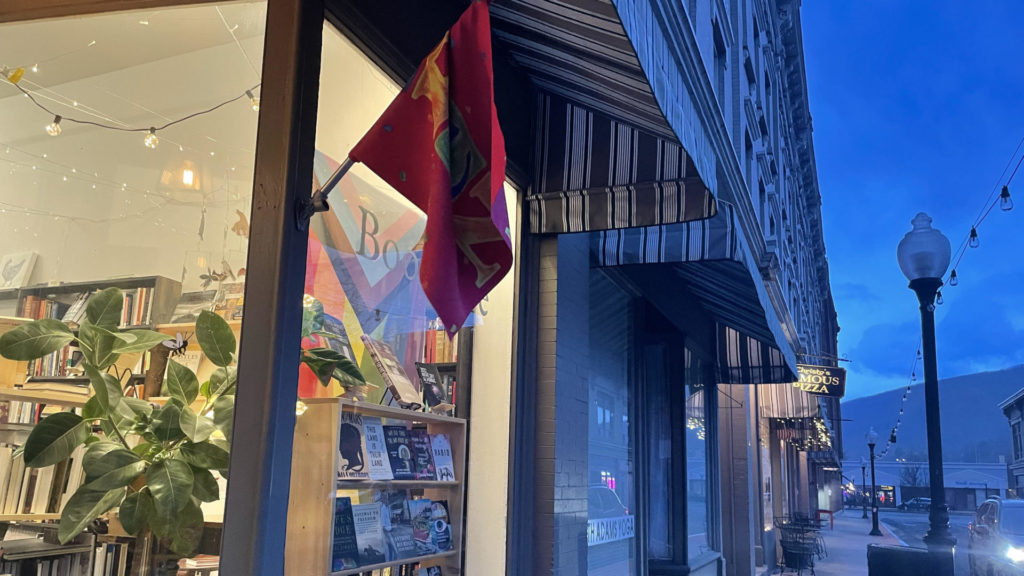
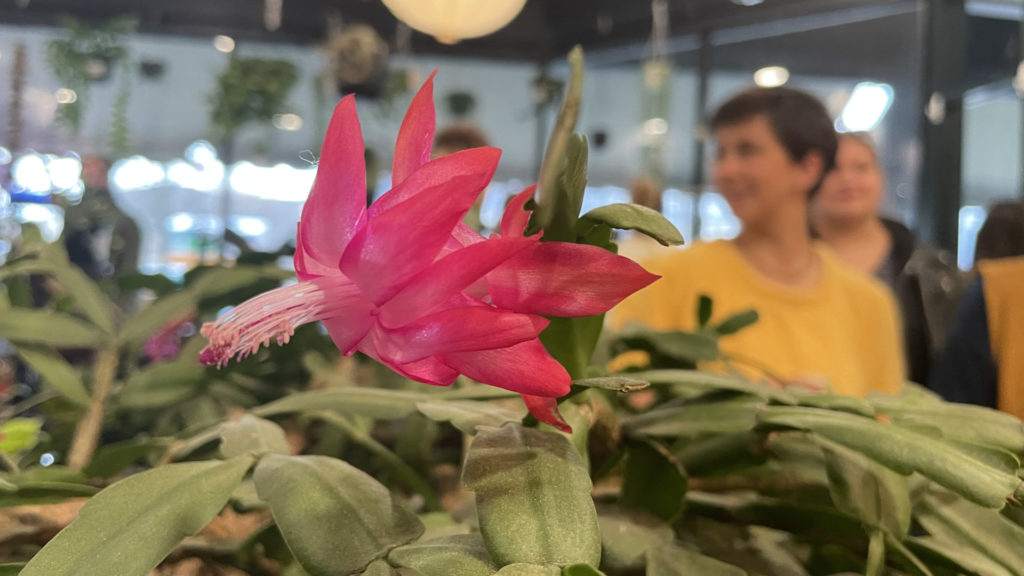
Events coming up …
Find more art and performance, outdoors and food in the BTW events calendar.
